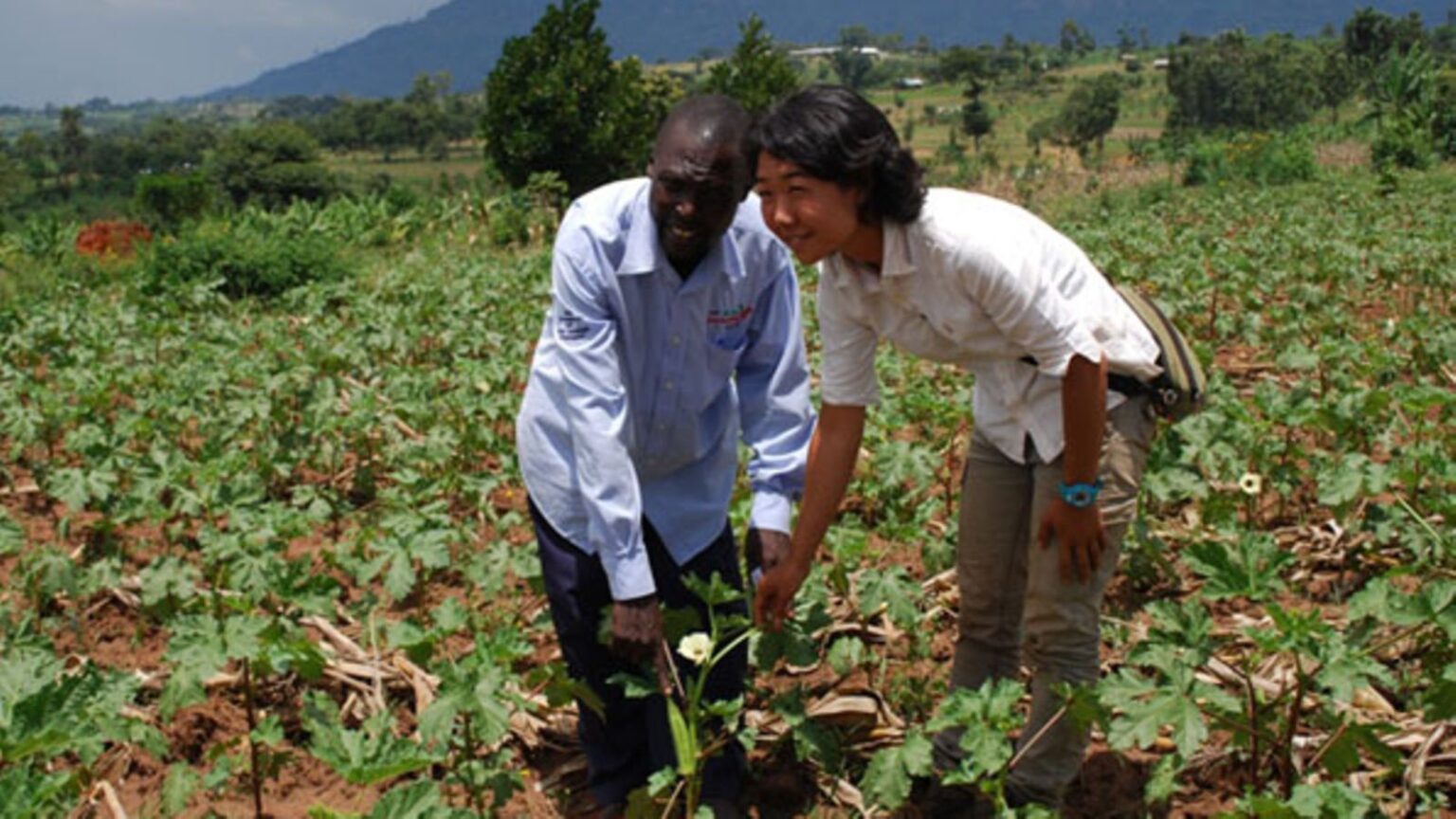Sustainable agriculture employs 65-70 percent of Africa's labour force. Only two to three percent of African renewable water resources are usable compared to the 5 percent worldwide. In 2019 a report revealed that Africa produced more than 50 percent of the world's cassava. A severe drought has left millions of people in Africa dependent on
[elementor-template id="94265"]
